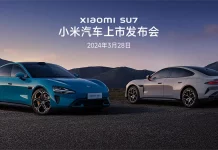We reported on the launch of the Mi 8, a pretty detailed presentation article read about the anniversary flagship. According to the manufacturer, the Mi 7 name change was justified because so many innovative features were included in this year's flagship that the model number jump was justified. The announcement was delayed, which was justified by the difficulty of integrating a fingerprint sensor into the display. As it turned out, this was only partially true.
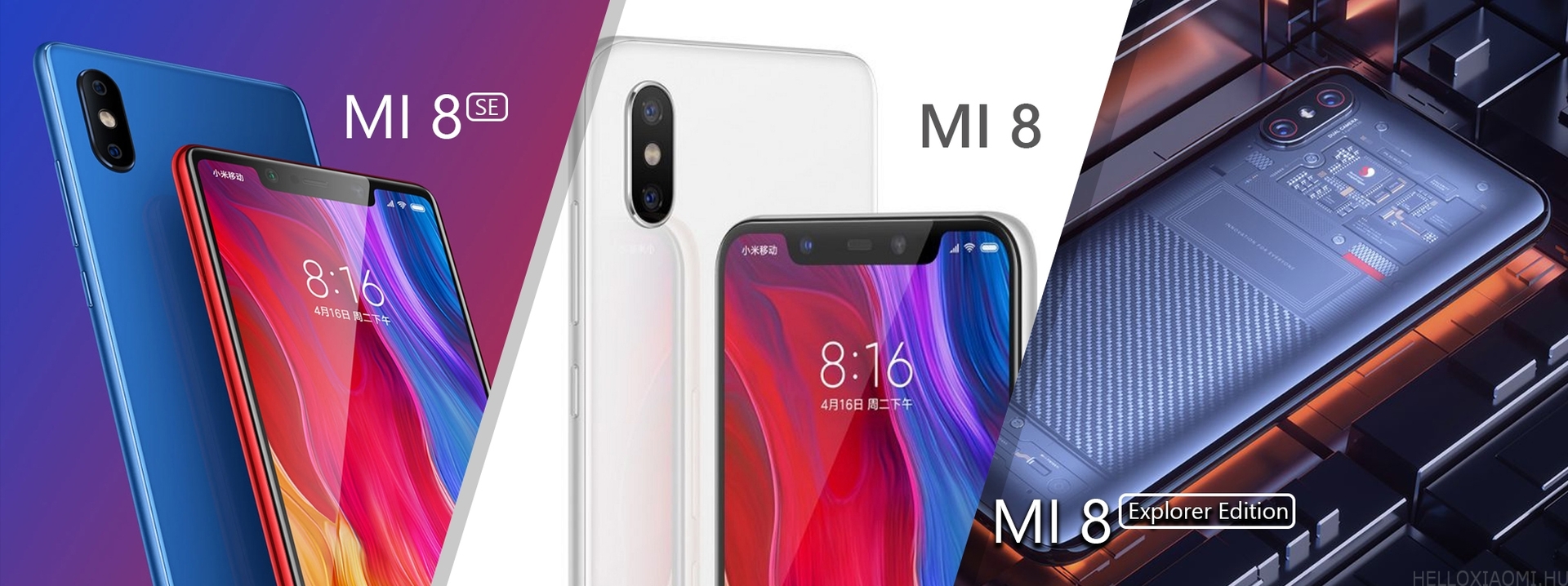 We expected two Mi 8 models with different display sizes. Three were finally unveiled, two with almost identical hardware. The smallest version is the MI 8 SE, which is one of the first to get a Snapdragon 710 processor, and its more compact size makes it definitely more ideal for use in an average-sized hand. You can read our review of the SE version soon. Now let's see what the Mi 8 can do.
We expected two Mi 8 models with different display sizes. Three were finally unveiled, two with almost identical hardware. The smallest version is the MI 8 SE, which is one of the first to get a Snapdragon 710 processor, and its more compact size makes it definitely more ideal for use in an average-sized hand. You can read our review of the SE version soon. Now let's see what the Mi 8 can do.
According to Wed 8 the middle model of the trio. Several innovative and world-leading developments make it truly the best value for money phone on the market today. In terms of hardware alone, it is an absolute BestBuy among the flagship phones of 2018.
It comes with the most powerful processor, 6GB LPDDR4x memory, and three types of backups (64/128/256GB UFS 2.1), a beautiful Samsung Super Amoled display with FDH+ resolution, premium materials, and QC.4+ fast charging.
Its shortcomings include:
- no microSD expansion
- not IP rated, not waterproof
- did not get a bigger battery
- no jack connector
- no RGB notification LED
- no wireless charging support (Qi)
None of which, I have to admit, I missed. I used the smallest, 64GB version, and after all the videos and photos, half of the storage was still free. The read speed of the fast UFS backup is faster than most SSDs, I was able to transfer to the Mi Notebook Pro's SSD at lightning speed. The option is there for those who want more storage, there are two options (128GB or 256GB). The battery lasted a day of heavy use, and can be recharged during a lunch break with the factory-included QC 3.0 charger. I've looked at QC 4+ charging heads, but they're as rare as white ravens on the market. If you still want to get the 18W lightning charge, you can use the hama product in the search engine. These chargers start at around 10-12e forints, so think about it, you really need to buy one.
The omission of the jack is nothing new, there is already a wide range of Bluetooth headsets available. If Apple can sell a MacBook Pro without an SD slot or a cable to connect iPhones, it's silly to stop buying just because of that. The Mi 8's own speaker doesn't sound as nice as I would have expected, and the stereo solution is also missing (so far this year, this is only the privilege of the Mi Max 3). However, it doesn't crackle at maximum volume, no annoying sound image.
And the RGB notification LED is partially compensated by the always-on display (AOD).
The optional Qi charging is perhaps the only one we would have expected, as several models were rumoured earlier this year, but to date only the MIX 2s has received this extra.
The notch is perfectly acceptable, although I was afraid of it at the beginning. After 2 days I got so used to it, I didn't even notice.
 The shape is elegant and the metal and glass housing is pleasant to hold. The use of materials certainly gives a sense of quality. There are no awkward edges, no mismatches. The black color is a magnet for fingerprints, almost obligatory to immediately put some kind of case on it. The factory silicone case, as mentioned in the video, is not the best option. The black colour comes with a smoke-coloured case, the white, blue and gold with a clear silicone case. The fit is precise at the corners, giving a much more stable grip. However, it does not fit properly around the power button. In the area where the middle and thumb touches the case, it moves around, separating from the edge of the device. The discomfort has not gone away for me weeks later. Interestingly, I did not experience it on the Mi 8 SE.
The shape is elegant and the metal and glass housing is pleasant to hold. The use of materials certainly gives a sense of quality. There are no awkward edges, no mismatches. The black color is a magnet for fingerprints, almost obligatory to immediately put some kind of case on it. The factory silicone case, as mentioned in the video, is not the best option. The black colour comes with a smoke-coloured case, the white, blue and gold with a clear silicone case. The fit is precise at the corners, giving a much more stable grip. However, it does not fit properly around the power button. In the area where the middle and thumb touches the case, it moves around, separating from the edge of the device. The discomfort has not gone away for me weeks later. Interestingly, I did not experience it on the Mi 8 SE.
Since I mentioned the colours, I'll share my opinion. With the exception of the gold (not rose gold), I have had good luck with the other 3 colours. Black is a true classic, maximum premium, elegance comes to mind when I look at it. A jewel that belongs in a display case, not in bare (greasy) hands.
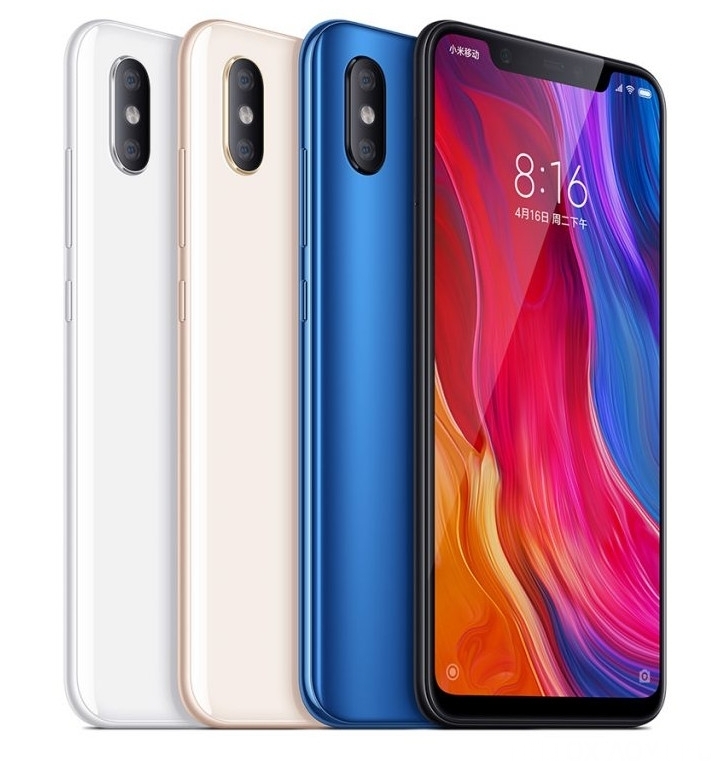 The white is surprisingly beautiful. The front panel is black, the metal frame here is untinted matte silver, even the back panel is upturned white. At first glance, it's like the ceramic Mix 2. I can absolutely imagine it for guys or ladies. The black camera unit on the back makes it look like an iPhone X from a distance. And there's the midnight blue version. Before I got a glimpse, I saw a few members of the Redmi series, and Mi A2 in light blue. So I was really looking forward to see how the Mi 8's blue differed. My jaw dropped at first sight and I was captivated by the desire to own it. The blue of the Mi 6, and the Mi Note 3 are a sponge in comparison. Special congratulations to the engineers for finally dropping the gold frame. As I've repeatedly stated, I'm keen on the Explorer Edition release. But not at all costs. If it won't be available with the carved pricing, the blue Mi 8 will remain. Perhaps it doesn't even come through in the pictures how beautiful it is. If you put all three colours on the table at a business meeting, I bet most people would go for the blue one.
The white is surprisingly beautiful. The front panel is black, the metal frame here is untinted matte silver, even the back panel is upturned white. At first glance, it's like the ceramic Mix 2. I can absolutely imagine it for guys or ladies. The black camera unit on the back makes it look like an iPhone X from a distance. And there's the midnight blue version. Before I got a glimpse, I saw a few members of the Redmi series, and Mi A2 in light blue. So I was really looking forward to see how the Mi 8's blue differed. My jaw dropped at first sight and I was captivated by the desire to own it. The blue of the Mi 6, and the Mi Note 3 are a sponge in comparison. Special congratulations to the engineers for finally dropping the gold frame. As I've repeatedly stated, I'm keen on the Explorer Edition release. But not at all costs. If it won't be available with the carved pricing, the blue Mi 8 will remain. Perhaps it doesn't even come through in the pictures how beautiful it is. If you put all three colours on the table at a business meeting, I bet most people would go for the blue one.
Let's take a look at some oddities about the Mi 8, so you don't read only positive things about it:
What first caught my eye was the 18:9 aspect ratio caused by the extra cavity during the videos. What am I thinking? After all, the vast majority of YouTube videos are available in 16:9. However, if the aspect ratio of the display changes, the content displayed has to do something to fill the screen. Some manufacturers solve this by software zooming into the video. But Xiaomi is not there yet. The right and left edges of the video don't extend to the edge of the display, leaving an even more iron cavity. Oppo uses the solution of even overlaying the video on the notch, so that the sensor island sticks out of the video from the right or left edge according to the orientation (depends on how you hold the phone). This is not a nice solution, I'd rather it stay as it is for the Mi 8.
Bluetooth headset:
Although it uses the latest transmission technology (Bluetooth 5.0), it doesn't handle mono headsets from other manufacturers well. This is most noticeable at volume. It's at least 30-40% quieter compared to the sufficient volume. We also tried it with a factory Xiaomi headset, there it's only about 5-10%. Probably just a software bug. Anyone experiencing something similar will not have a unique problem.
Another such anomaly is the Dual GPS how it really works. I personally haven't had a chance to try it, but again, based on several reviews, it's just something software sub-optimal will be. Positioning is not continuous and less accurate than previous solutions. I don't think dual frequency would make navigation that much worse. Let's hope it will be corrected quickly.
Because of the aspect ratio of the display, some of the games didn't work perfectly, and there were points on the display where it didn't detect properly while playing. The display itself is flawless, probably a software bug as well. Oreo wasn't exactly bug-free either after the first official update of Android TV or under MIUI 9.
Camera
As you can see, I couldn't help myself. It's not a MILC level, of course, certainly not a dSLR. But I could easily see myself using this instead of a compact camera. Although the RAW format is not yet available, the hardware supports it. I just need to get Camera Api sorted out somehow, because when I tried it, it didn't work. The video is amazing but the sound is not for capturing stereo sound. Not recommended for recording a concert. The colours are a bit contrasty, which is partly due to the Amoled display and partly due to the AI. There are situations where the brightness of the colours is particularly distracting. In faces, however, the AI's intrusiveness is overdone (beyond the bounds of good taste). I get that Chinese people like to look like European supermodels in pictures, but for a basically flawless European complexion, it's too much. The skin tone is unnatural and over-retouched. It's the factory camera, with other external apps, fortunately no such problems.
It's clear that at the time of the test we got an overall better result compared to the MIX 2s camera, but this could change with a software update.
In the 3 galleries below, you can see that Xiaomi is now really at the top of its game, across the board. I tested the camera's capabilities in three different locations and got plenty of decent images even in low light. It's not for nothing that it has a great Sony sensor and an outstanding aperture. The Mi also features 4-axis optical image stabilisation and 2x optical zoom, so it's a safe bet to capture your best moments. The 20MP selfie camera is also outstanding (especially after turning off the Beauty mode). My lady friends didn't commit to publicity, and I wouldn't spoil the overall picture with my own selfie :D
Infrared face unlock
I haven't used it yet, I've just been pulling my lips to see what it's for. But when I used it in the EU developer rom, already under MIUI10, I got used to it and used it almost exclusively.
What is it good for? Although I haven't had the chance to use FaceID yet (Xiaomi is using it on the Mi 8 Explorer Edition, just like Apple does on the iPhone X), the infrared is enough for secure identification. The infrared LED can illuminate the face in total darkness, and based on the reflected wavelength, the AI can generate a perfect biometric code of your face. It works with sunglasses, a hat on, or even if you're holding a mug of tea in front of your face and the sensor can only see up from your nose. Even in total darkness, it works in tenths of a second. There's also a double-tap, and a switchable acceleration sensor. So if you want to check a message, or just want to call someone but your hands aren't clean (like when you're washing up), you just tap the display and lean in. It's great to lift the face of the phone and instantly - without pressing a button - unlock it. You can't be fooled. Not with photo or video.
Why Mi 8 and not MIX 2s?
I like the shape better, it's a completely different personality and it suits me better. The MIX 2s is nice, but for me it's very angular. The selfie camera solution is alien to me, the face unlock makes sense for the Mi 8 case notch. The slightly warmer colour palette of the Super Amoled display, and its perfect blackness suits me better. The slightly oversaturated colors are not as much as on a Samsung phone, the imperfect reproduction of white is not a problem for me. However, the manufacturer could count on the possibilities of the display more, and for example release a black theme, because the economy of Amoled technology makes no sense at the moment. Everything is bright, white and light. And on an Amoled display, it is precisely the inverse of the menu that should be exploited, as well as the switches and notification bar. There's room for improvement (I tried it with an external theme, but it wasn't perfect, there were bugs)
The Mi 8 is now available in a Global version. The Mi 8 6+64GB black version we tested is available at xiaomishop.hu-from. Thank you!
How much is it recommended?
Out of a maximum of 5 points I 4.5-I'd give the Mi 8.
The download full resolution photos here.


















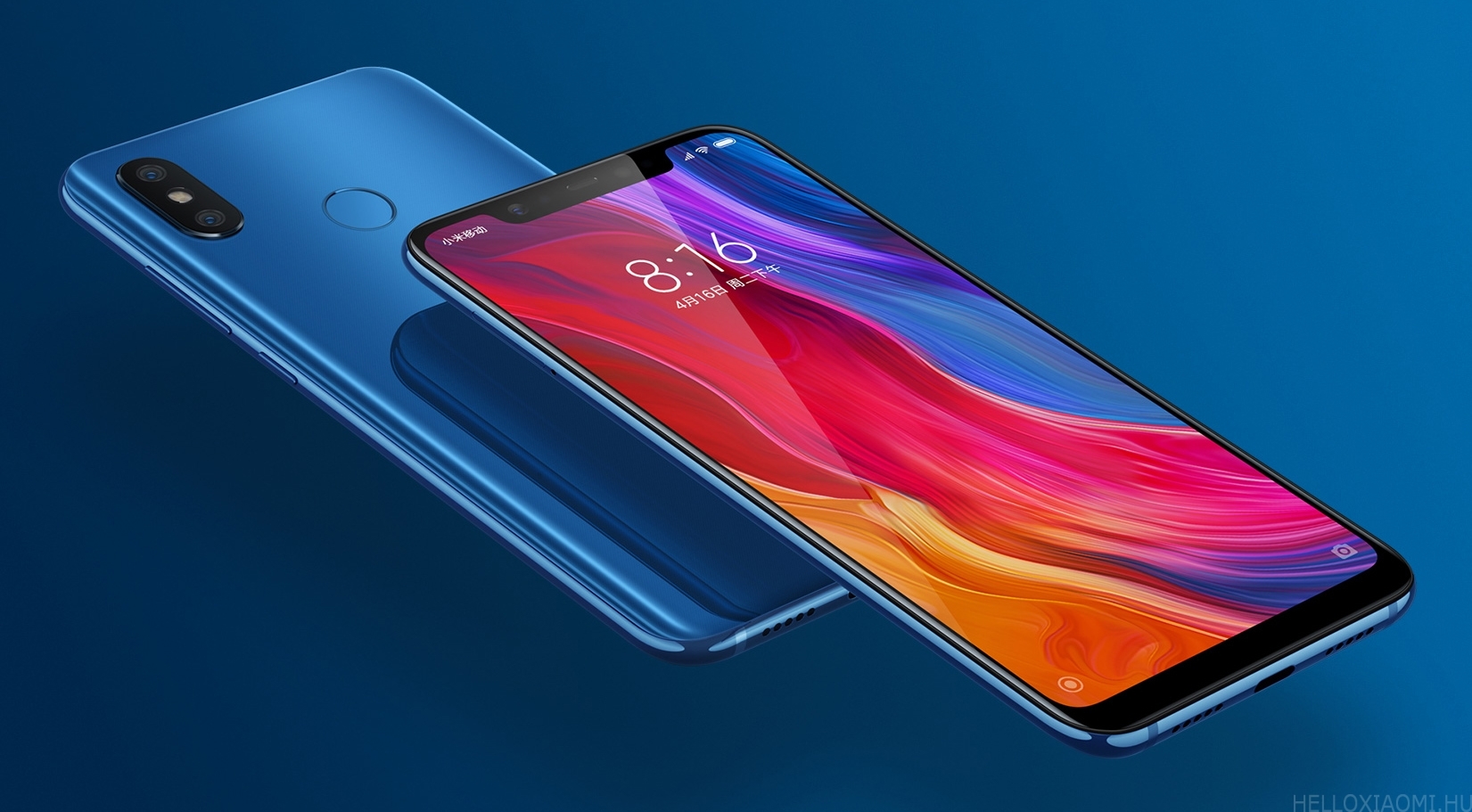
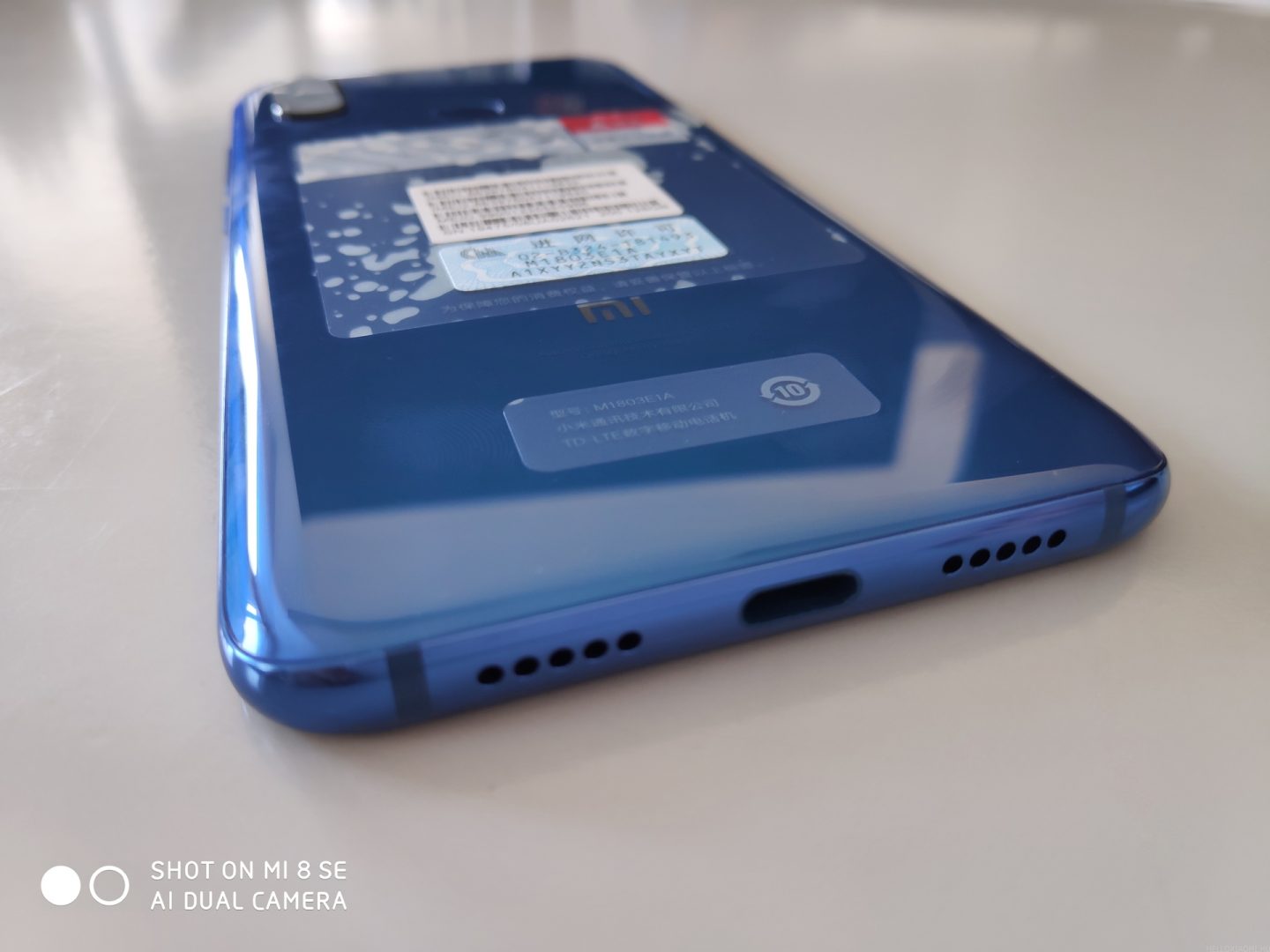
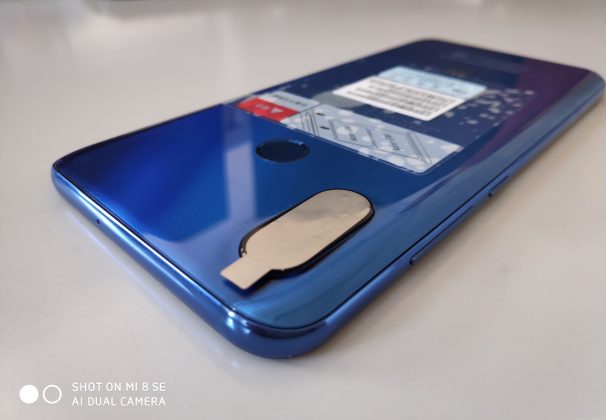
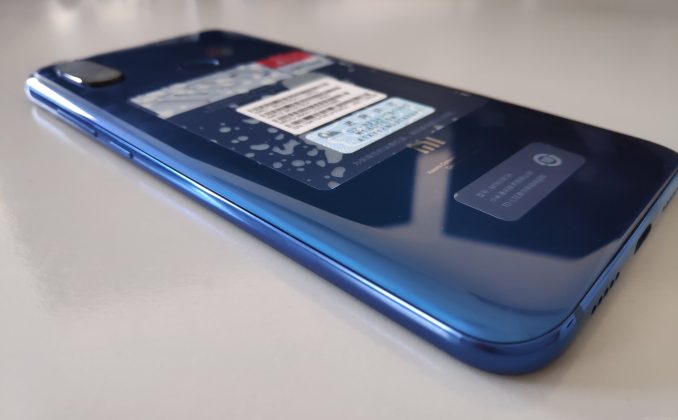

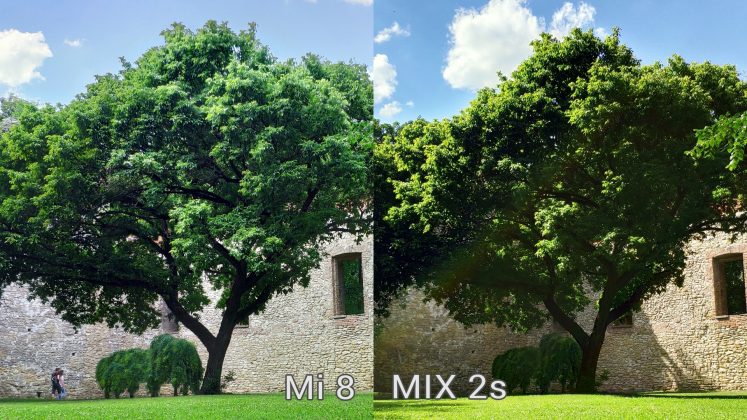









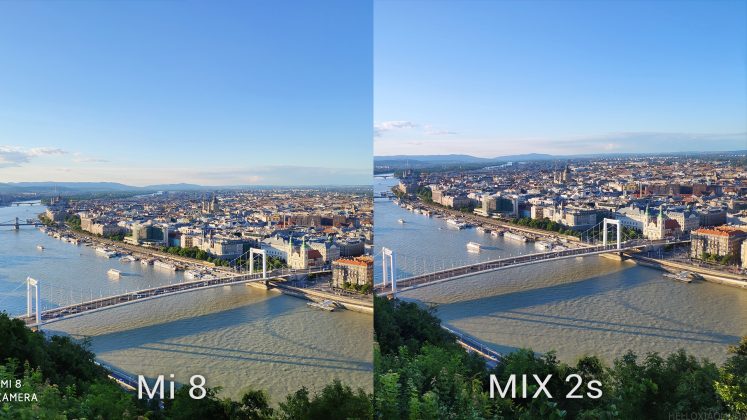

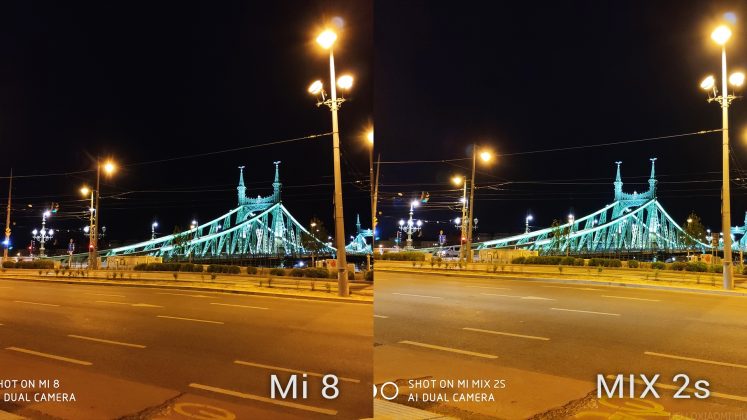

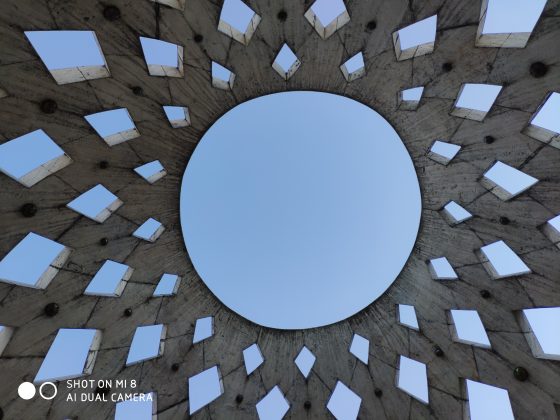
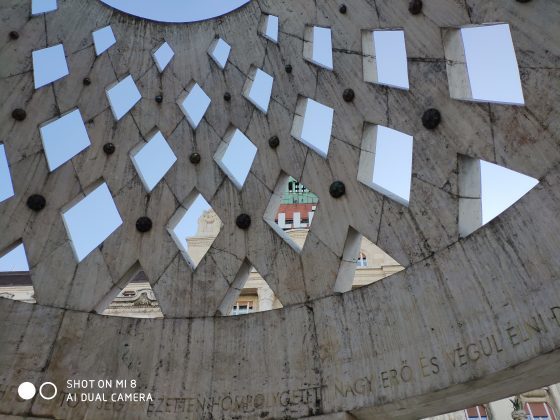




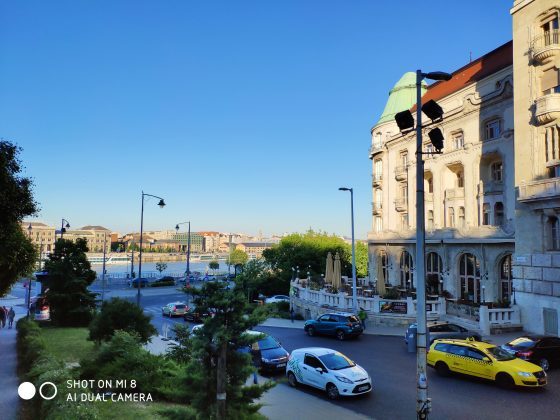


















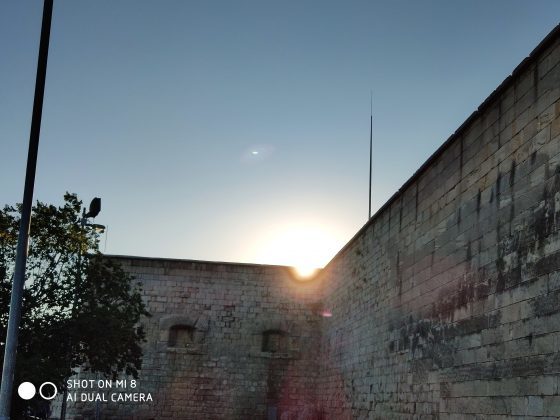

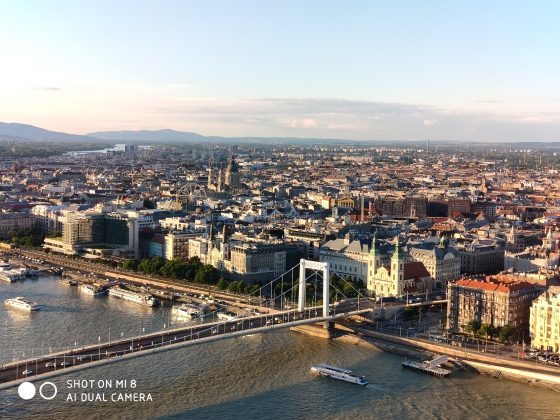
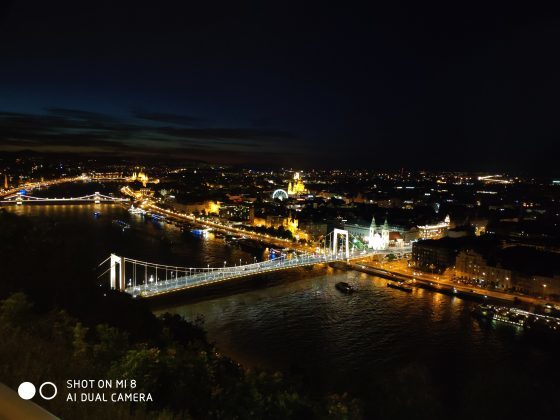

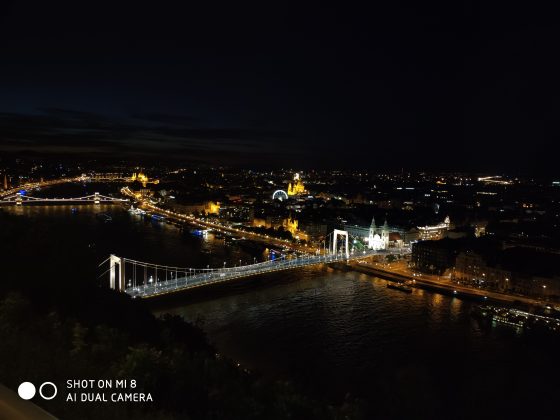
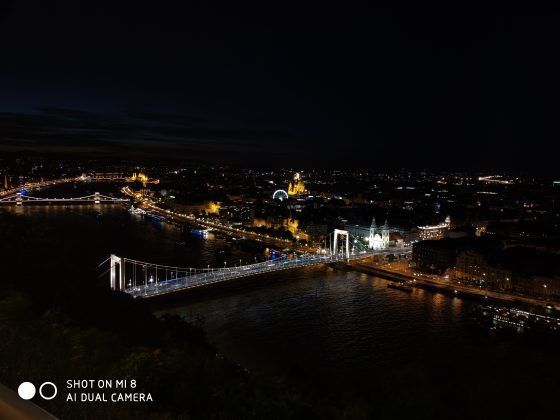
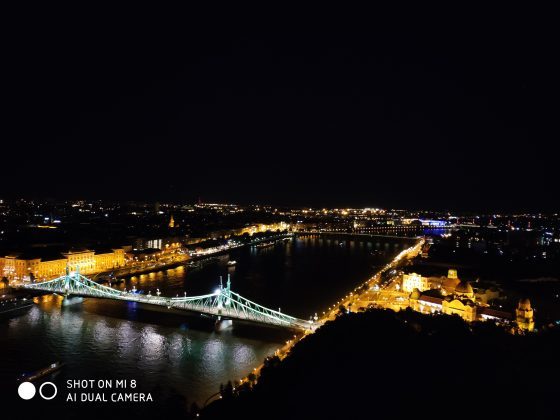
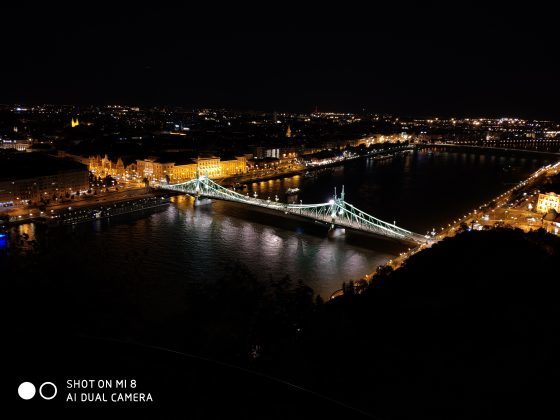
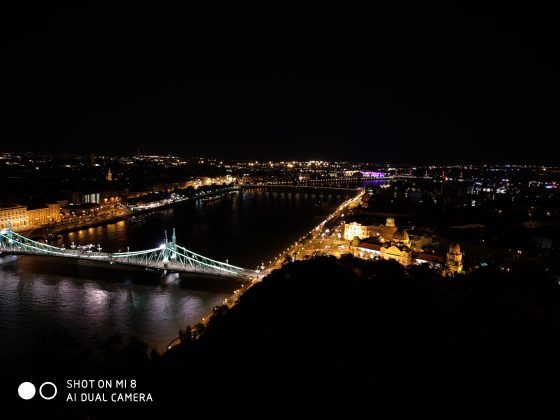

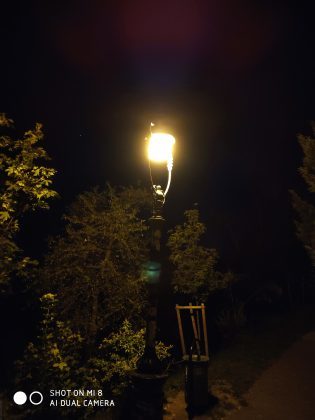



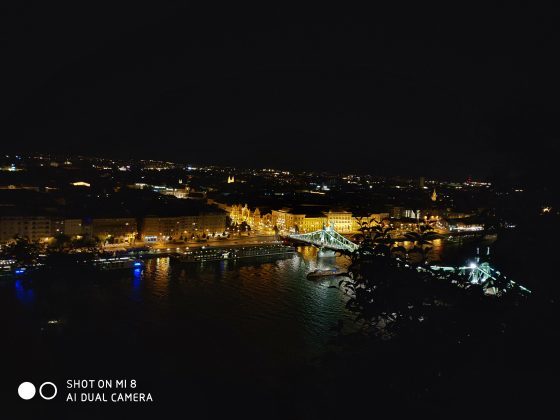


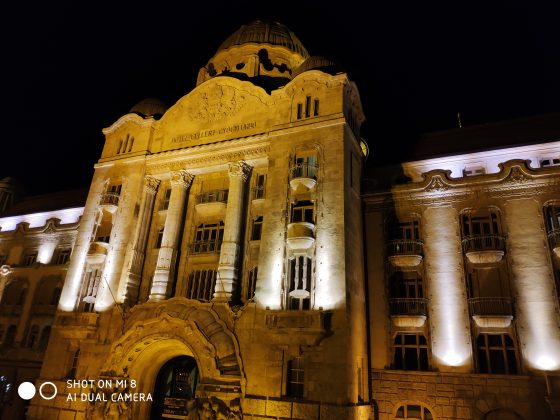
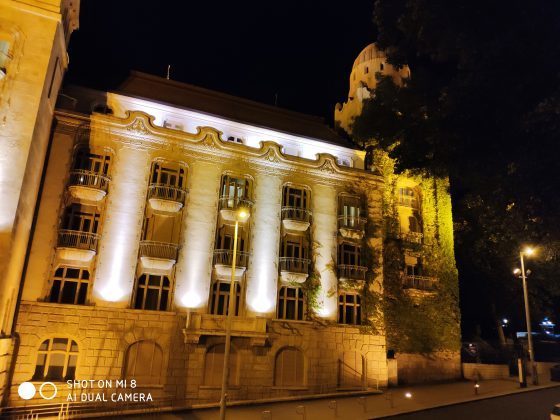
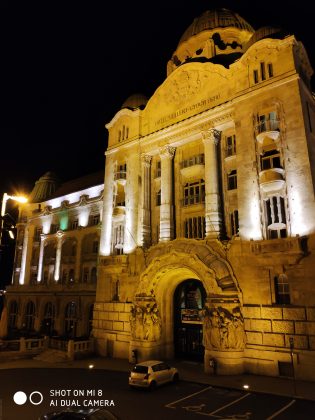

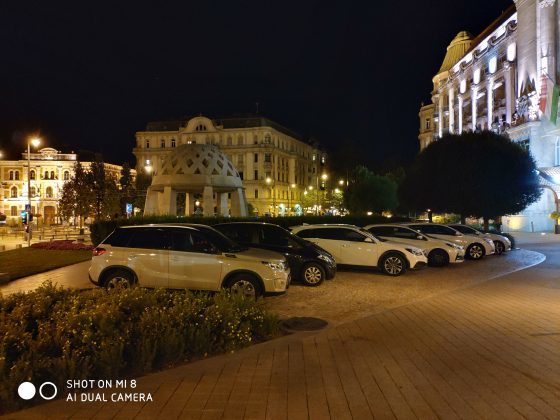
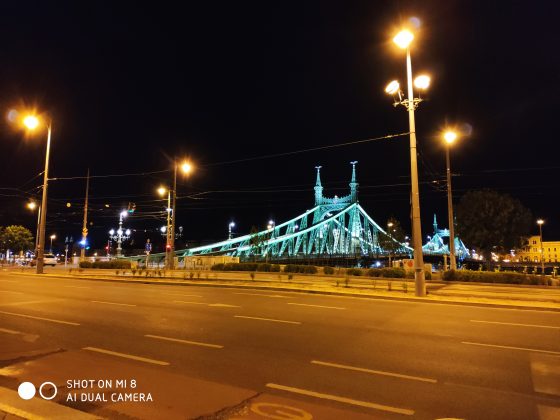


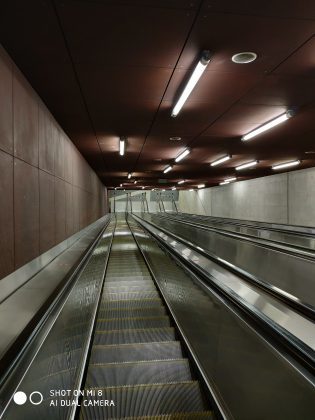
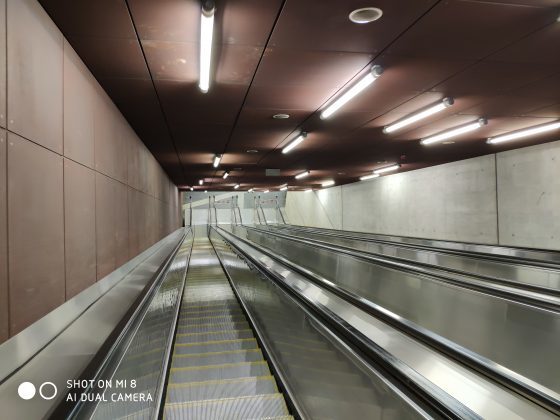


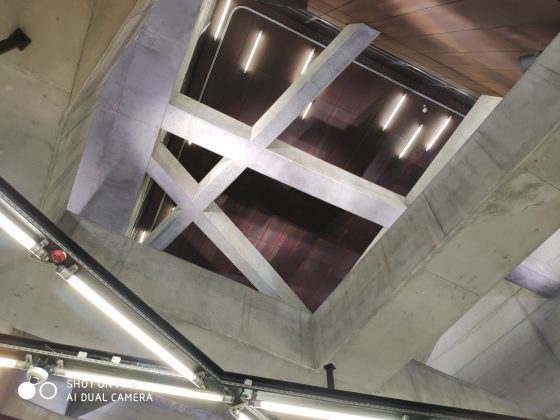



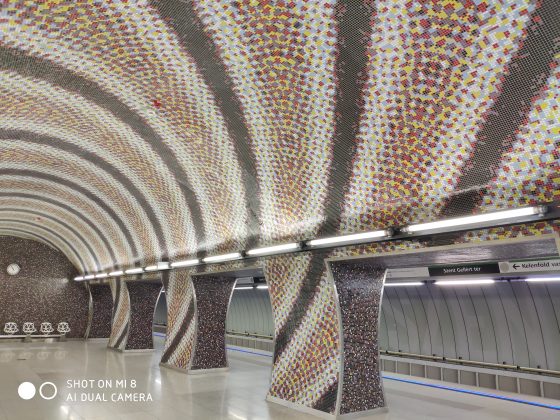
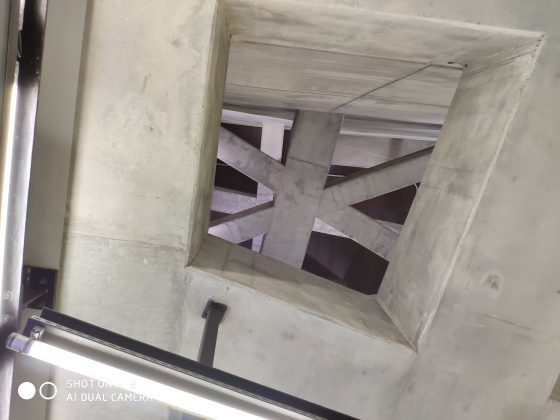




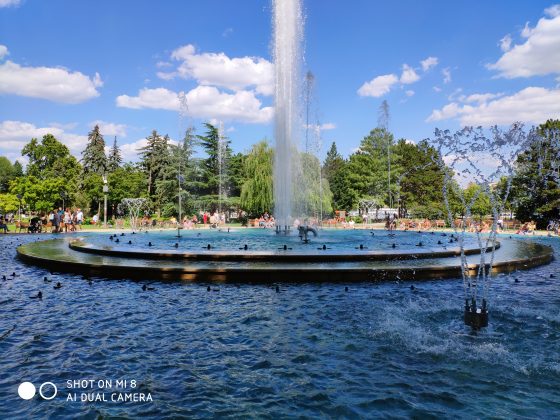



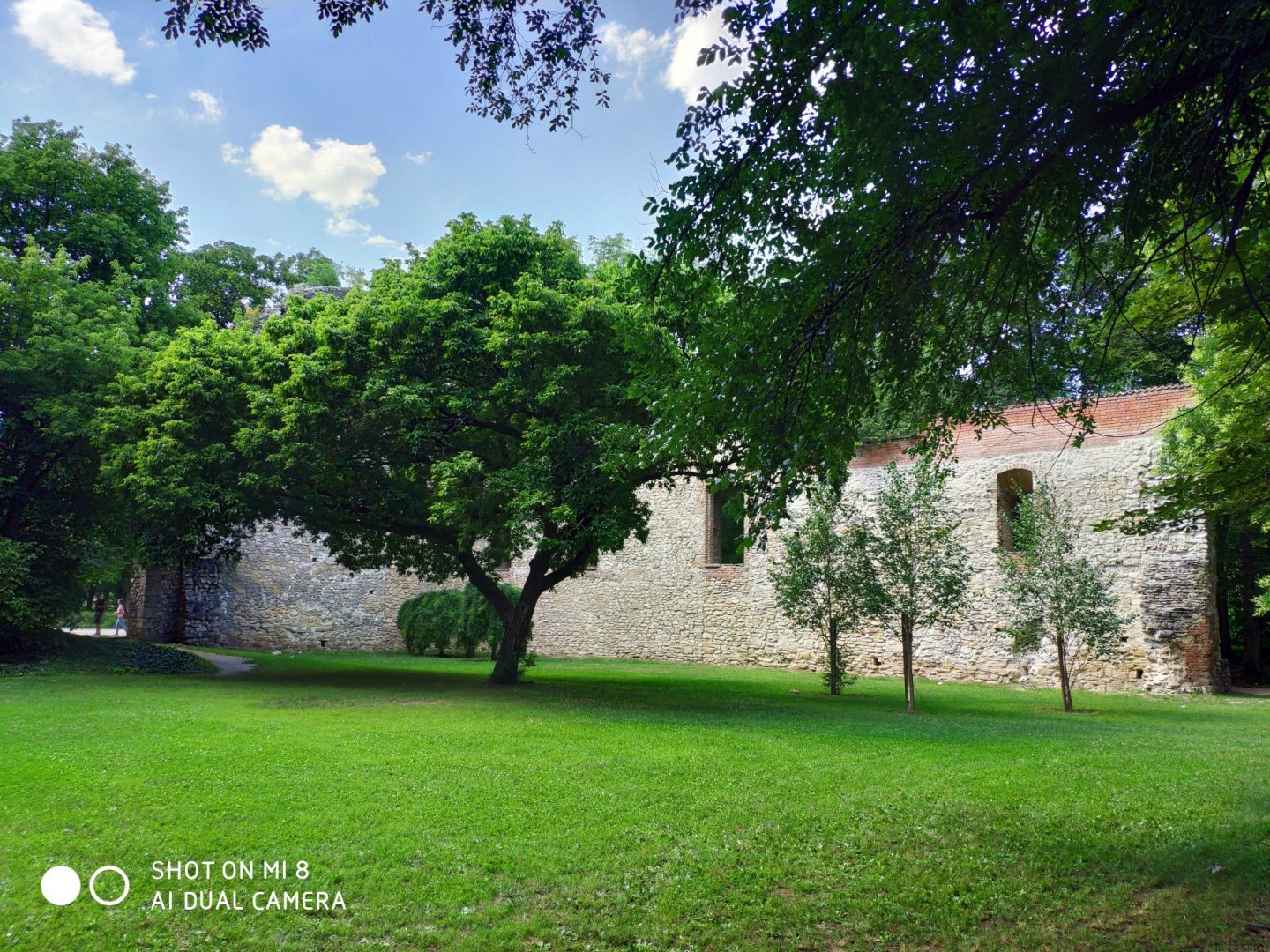




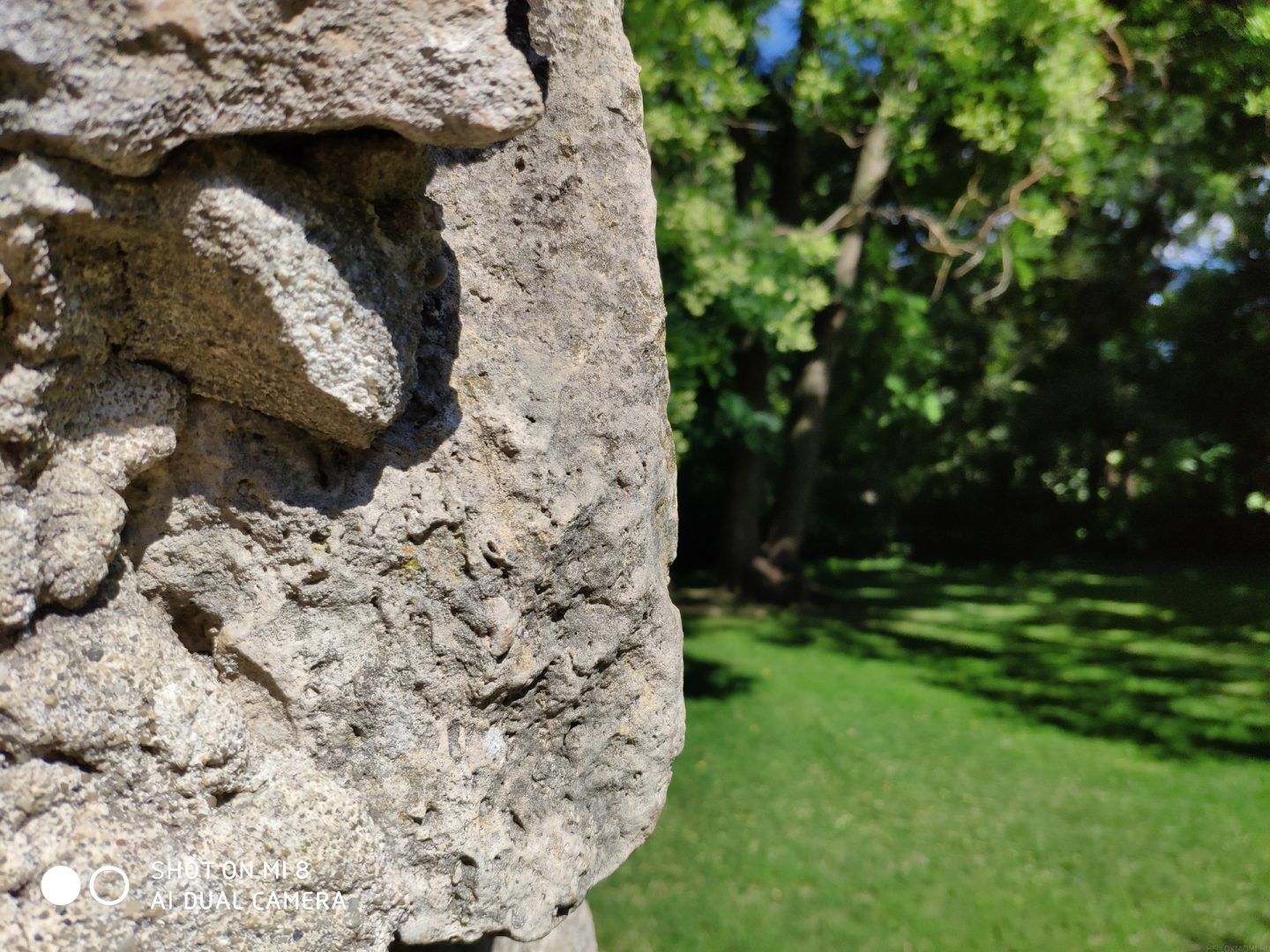












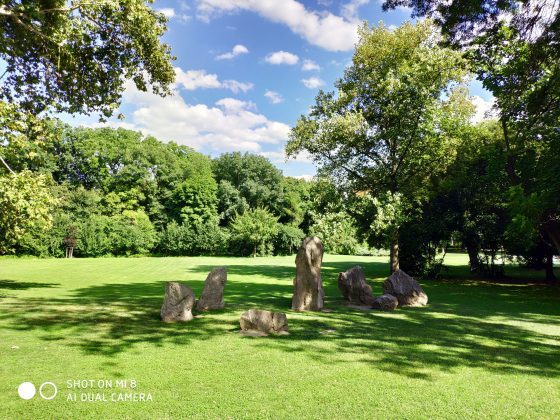









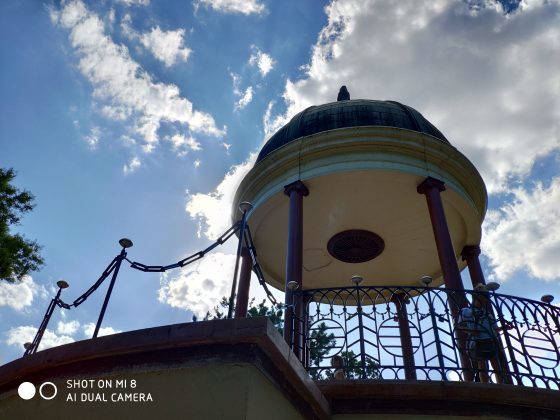
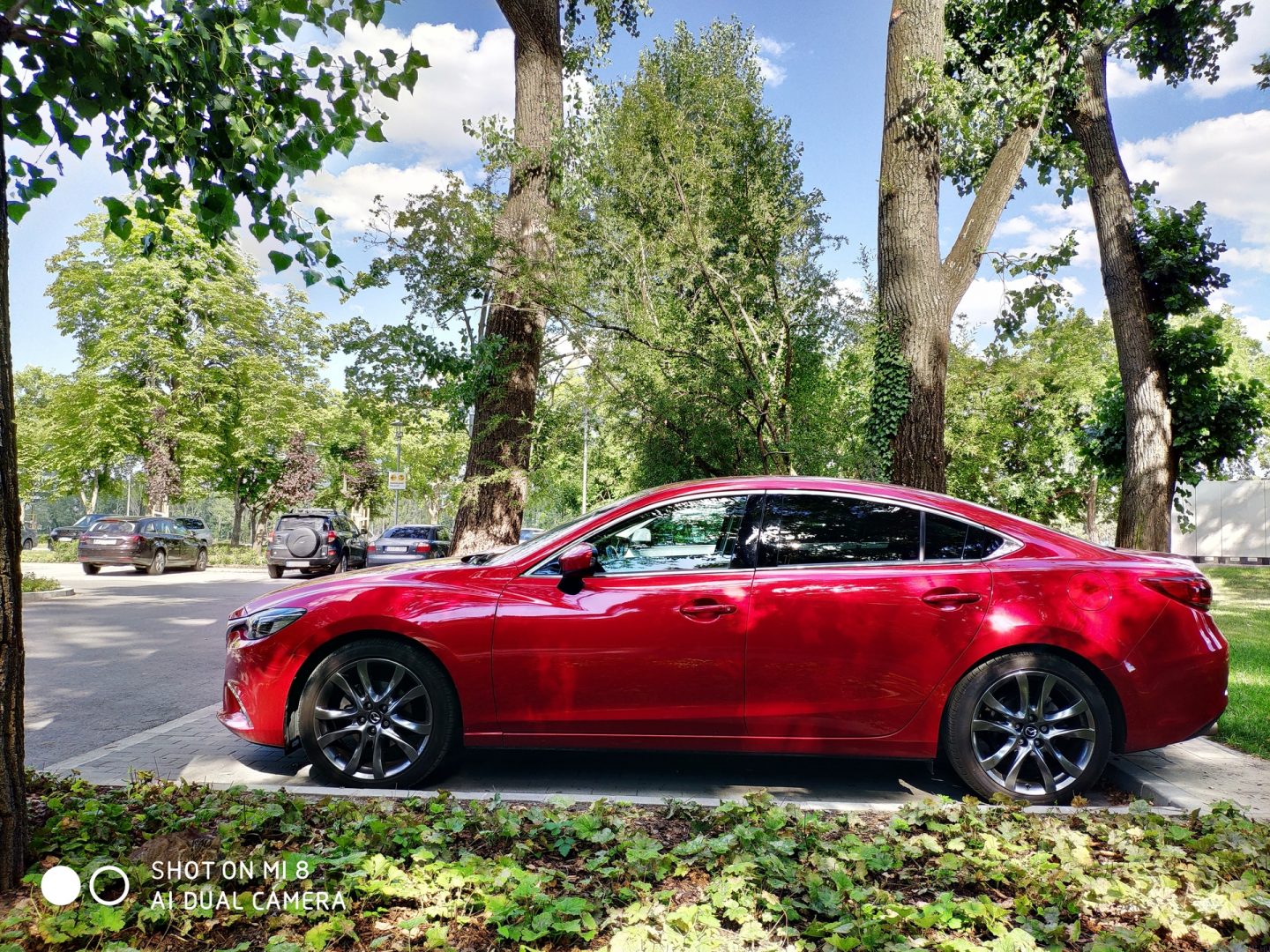













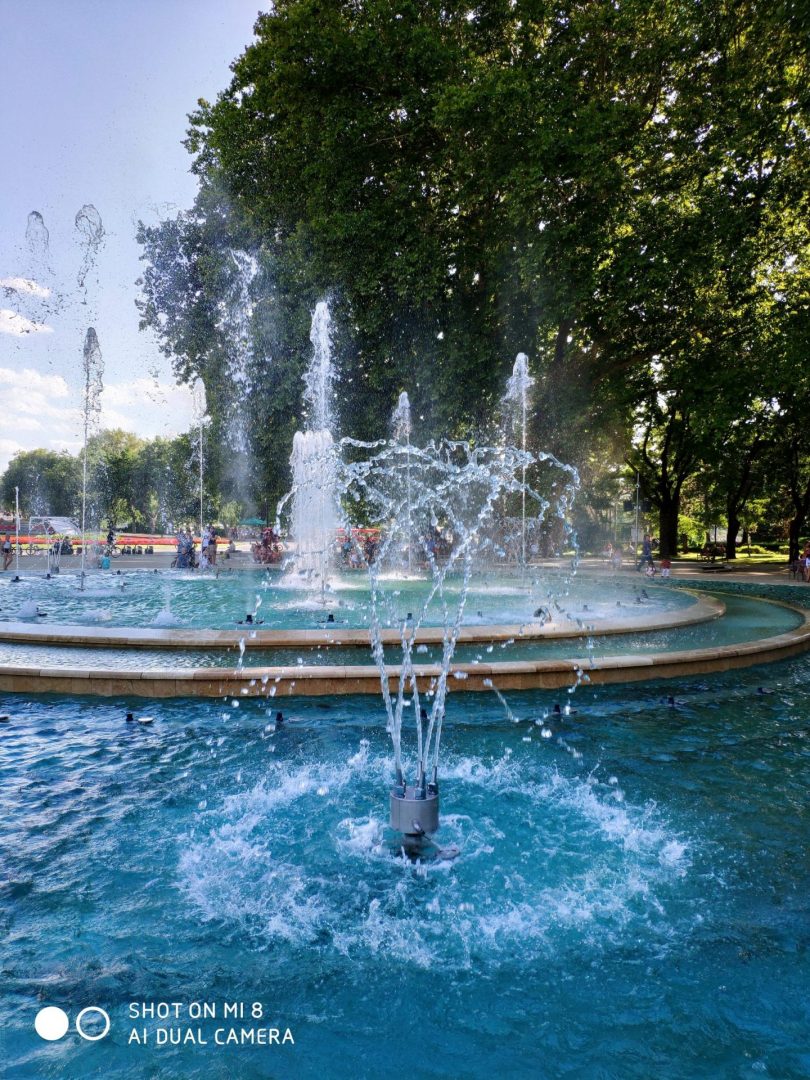




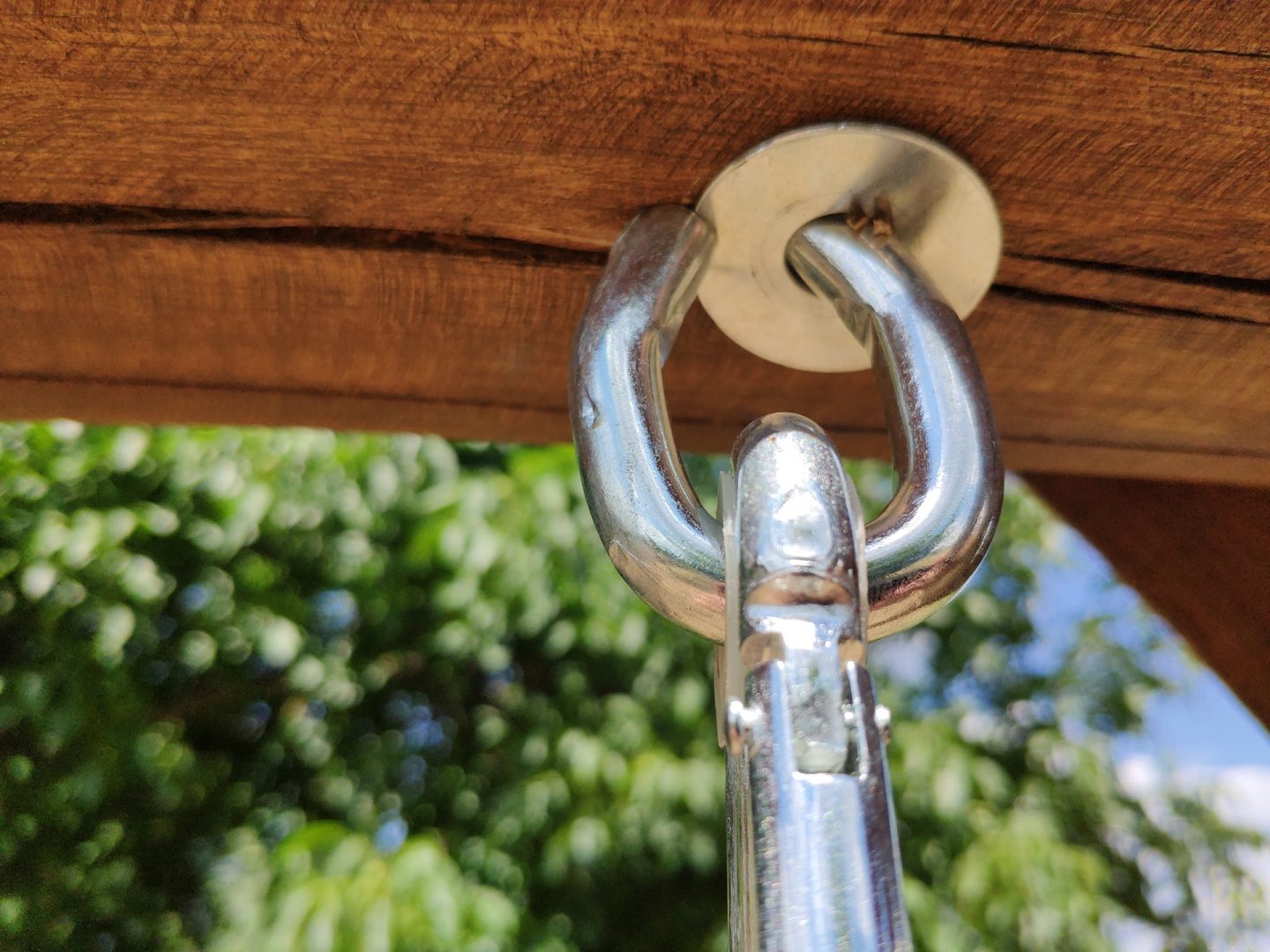
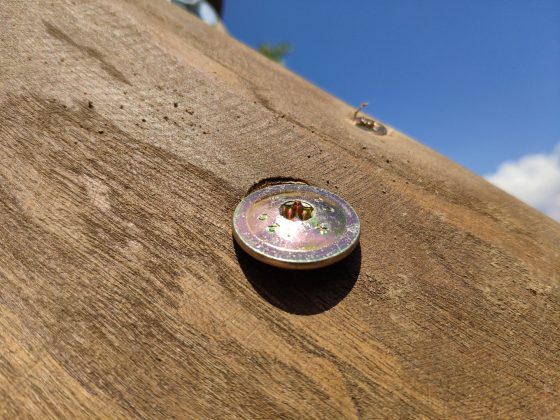
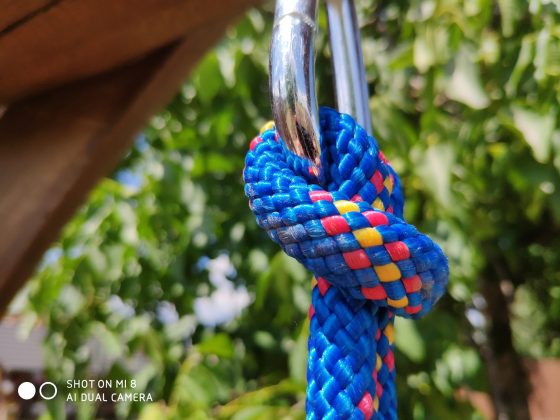





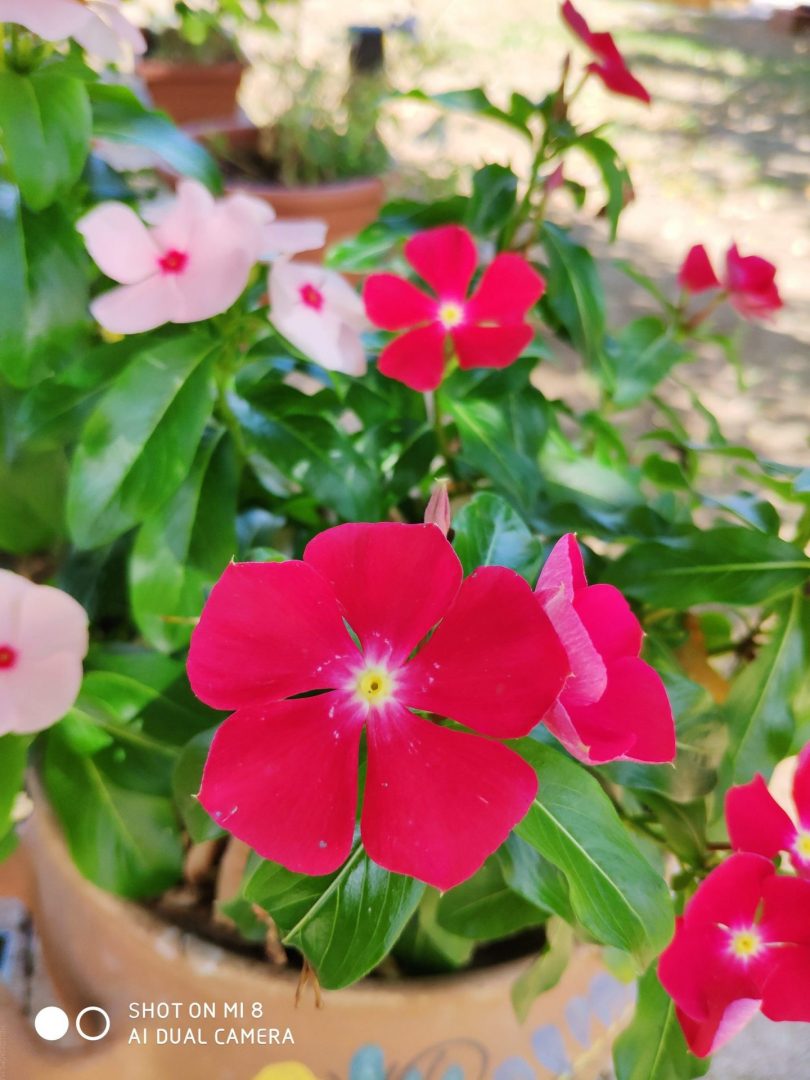
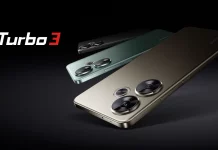
![[148] HyperOS heti hibajelentés](https://helloxiaomi.hu/wp-content/uploads/2024/04/hyperosbugreport148-218x150.webp)
